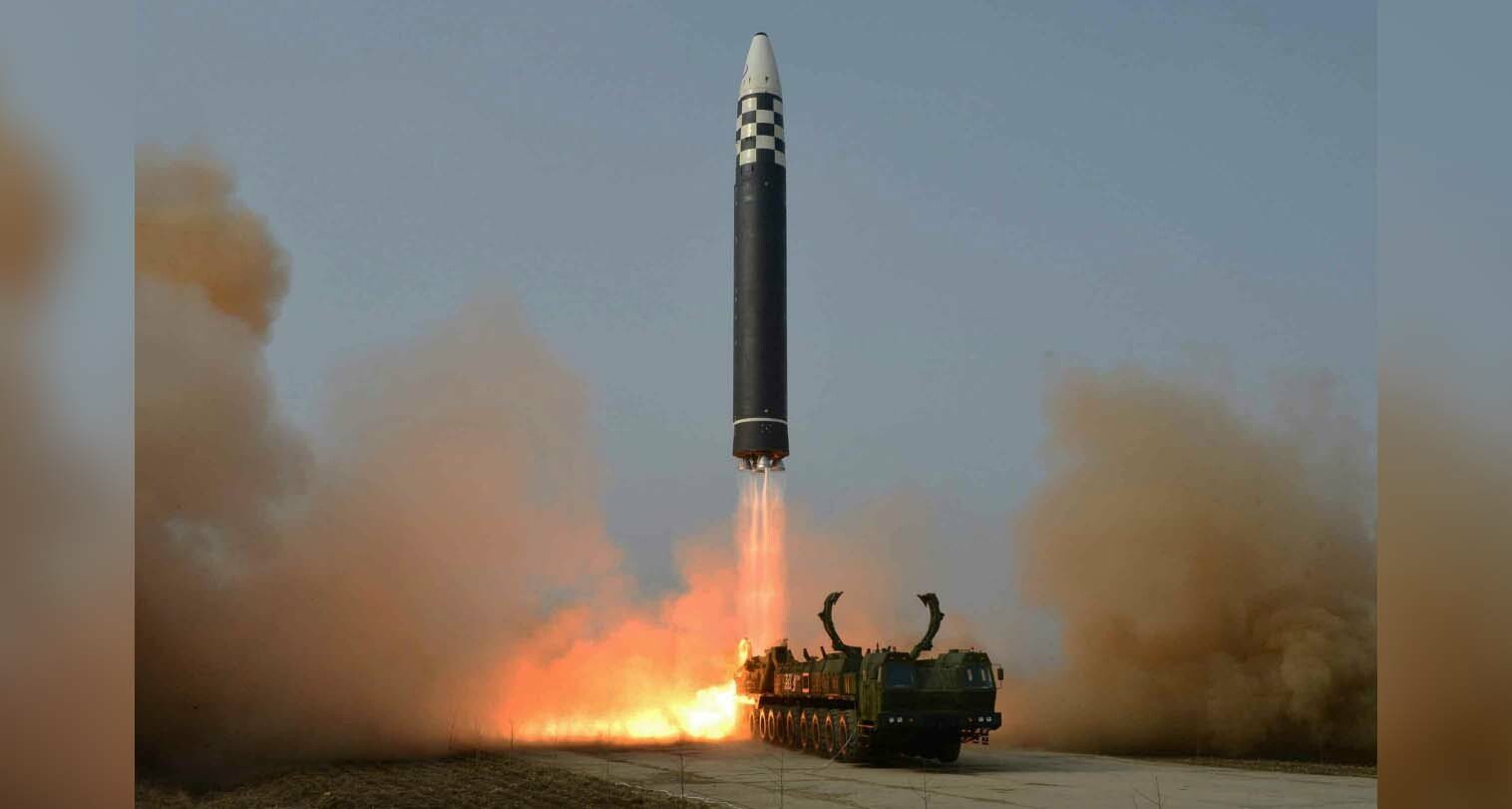At approximately 1845 EST, the South Korean Joint Chiefs and the Japanese Coast Gaurd announced that a probable ballistic missile was launched from the Sunan Airport in Pyongyang, a historical missile launch position. Initial reports said that the missile flew for at least 30 minutes and it had overflown the Japanese mainland. However, by 2000 EST, the Japanese government had rescinded that statement, instead saying the initial trajectory of the missile appeared that it would overfly Japan, but 13 minutes into the flight, Japanese radars lost contact with the missile. By 2016 EST, Japanese Defense Minister Hamada told press that the missile had in fact not overflown Japan.
At 1947 EST, the Japanese Coast Guard announced that a second missile had been launched. which fell into the Sea of Japan by 1951. However, at 1958 EST, the Japanese Coast Guard announced that a third missile had been launched from North Korea. By 2010 EST, the Japanese and South Koreans had confirmed that North Korea launched two Short-Range Ballistic Missiles (SRBMs) and one long-range ballistic missile, which they are now classifying as an Inter-Continental Ballistic Missile (ICBM). Japanese authorities have confirmed that the ICBM reached an apogee of 2,000km, for 760km at a top speed of Mach 15. They also noted that the ICBM in question was most likely a Hwasong-17. The last supposed launch of this missile was in March of 2022 when the North claimed it had tested this missile, with U.S. analysts claiming it was actually a smaller Hwasong-15 with its payload stripped to extend range.
As of writing this report, South Korean and Japanese analysts have commented that there is a high probability that the ICBM suffered a catastrophic failure during the post-boost phase when the payload separated and the warhead bus acquired its target. In this phase, explosive bolts detach the exhausted booster from the warhead bus and payload.
If this was the Hwasong-17, this would be the third total test ever conducted with the missile, giving legitimacy to claims that there was a technical failure. Here are the specifications on it (wiki):
| Mass | 80,000–150,000 kilograms (180,000–330,000 lb) |
|---|---|
| Length | 24–26 m (79–85 ft) |
| Diameter | 2.4–2.9 metres (7.9–9.5 ft) |
| Warhead | nuclear weapon, possibly MRV |
| Warhead weight | 2,000–3,500 kg (4,400–7,700 lb) |
|
|
|
| Engine | 2 RD-250-type rocket engines (first stage) |
| Propellant | liquid rocket engine |
|
Operational
range |
15,000 km (9,300 mi) |
|
Launch
platform |
11-axle transporter erector launcher (TEL) |


